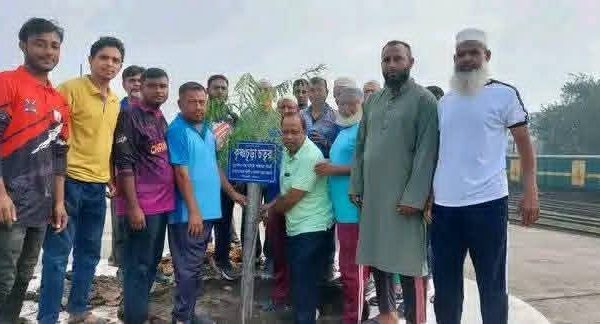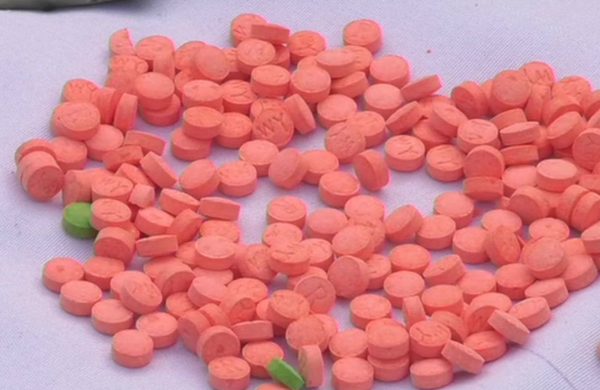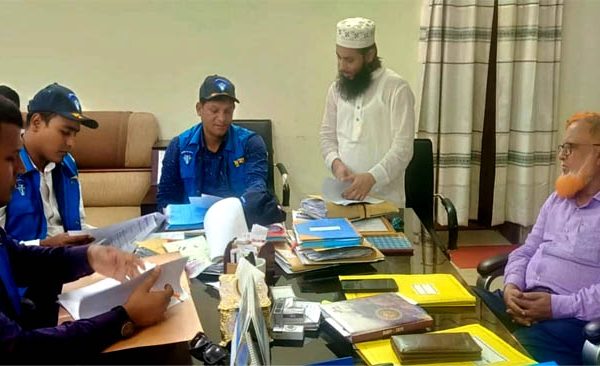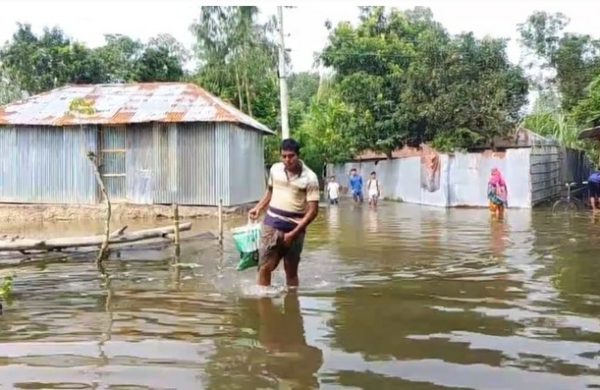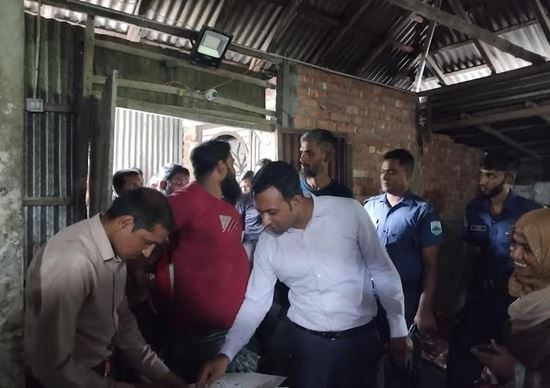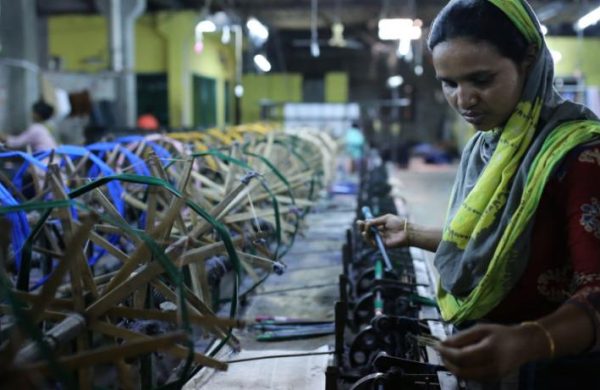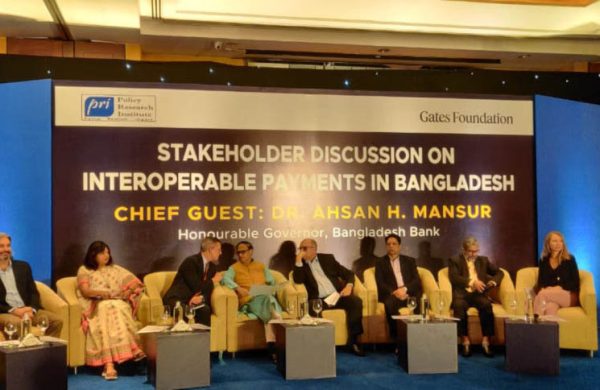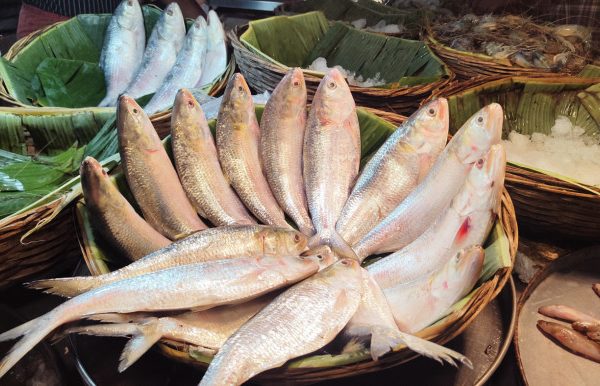Horse-drawn carts, the lifeline of char economy
- Update Time : Friday, December 27, 2024
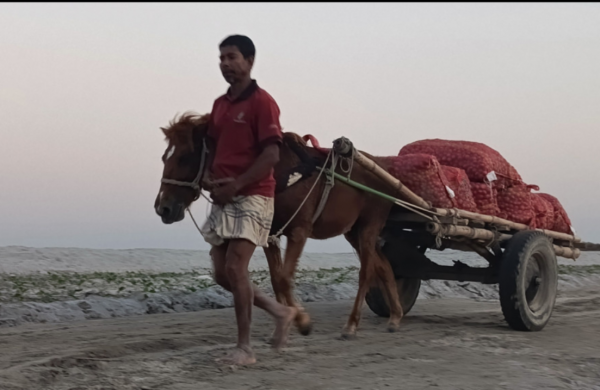
Lalmonirhat Correspondent
Horse-drawn carts remain the primary mode of transportation for goods in the char areas of Kurigram and Lalmonirhat, where the sandy riverbeds of the Brahmaputra, Teesta, Dharla, Dudhkumar, and Gangadhar rivers dominate the landscape.
Each char typically has 10 to 50 horse-drawn carts, with approximately 500 chars spread across the region — 400 in Kurigram and 100 in Lalmonirhat.
While buffalo carts were once common in these areas a decade ago, they have largely disappeared, though buffaloes are still reared for other purposes.
Raju Islam, a cart driver from Char Shakhahati on the Brahmaputra River, said buying a horse costs between Tk 20,000 and 50,000, while building a cart can cost up to Tk 80,000.
The carts can carry 10-15 maunds of goods, but to keep the horses healthy, drivers usually limit loads to 7-8 maunds per trip. For every 3-4 km traveled on the sandy char land, they charge Tk 80-100 per maund.
“The work is as hard for us as it is for the horses,” says Raju, emphasising the effort required to navigate the challenging terrain.
Ahadul Haque from Char Kalmati on the Teesta river said horse-drawn carts are essential for transporting goods between the mainland and chars during the dry season. He earns Tk 1,200-1,500 daily from 3-4 trips, but spends Tk 500-600 on horse feed.
Shafiqul Islam from Char Jatrapur in Kurigram said in the absence of other vehicles, horse-drawn carts are even used to transport sick individuals and enable government officials and NGO workers to reach remote areas.
During the rainy season, boats replace carts as the main transport mode. However, during the dry season, when river navigability decreases, horse-drawn carts become indispensable. “Until a specialised vehicle is invented for char terrain, horse-drawn carts will remain our main form of transport,” says Meher Ali from Char Harinchara on the Teesta.
Kabir Hossain, a trader at Jatrapur Haat, said their economy revolves around horse-drawn carts. Goods are transported from the chars to mainland markets and vice versa, but rising costs of horse feed have increased transportation expenses.
Ahsanul Kabir Bulu, an NGO official working in the chars, added, “During the dry season, horse-drawn carts are the only way to transport goods across the sandy terrain. The economy of the chars cannot be imagined without them.”



